Unprecedented times call for unprecedented sport events: Competition During COVID-19
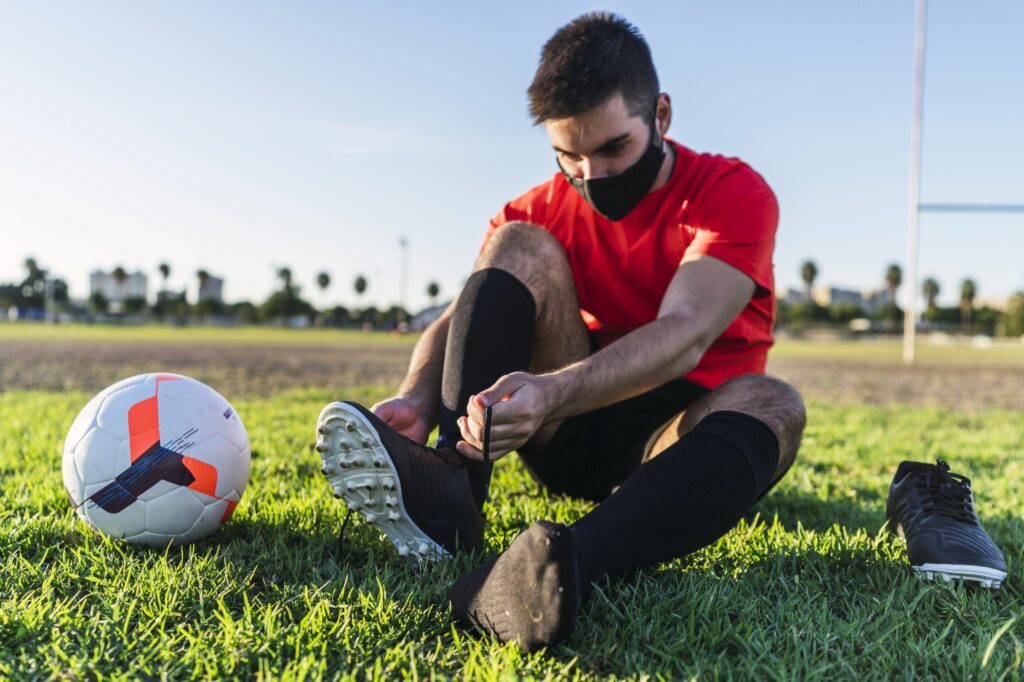
Highlights Teddy Katz, a former award-winning sports journalist and the founder of communications company, Think Redefined Inc., sat down with Canadian sport leaders for SIRC to hear some of the valuable lessons they learned hosting safe events during the pandemic. The crisis led to some of the biggest challenges in their history for these sport leaders, but it also led to some innovative new ways of thinking that…
Redefining legacy: How Brock University is maximizing impact from the Niagara 2022 Canada Summer Games
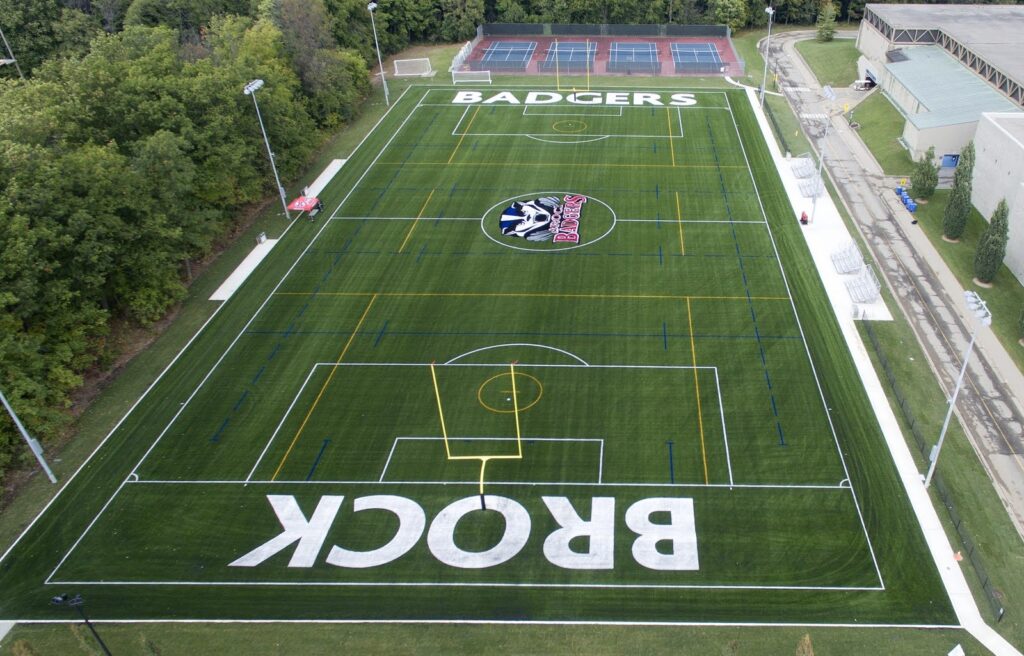
Highlights When we think of legacies from major games, often we think of new facilities, increased engagement in sport and physical activity, or heightened feelings of national pride. As a key partner in the Niagara 2022 Canada Summer Games, Brock University took an additional approach, leveraging the Games to invest in research, build curricular connections, and enhance community engagement. SIRC’s Sydney…
Next Steps in the Safe Sport Journey: From Prevention of Harm to Optimizing Experiences
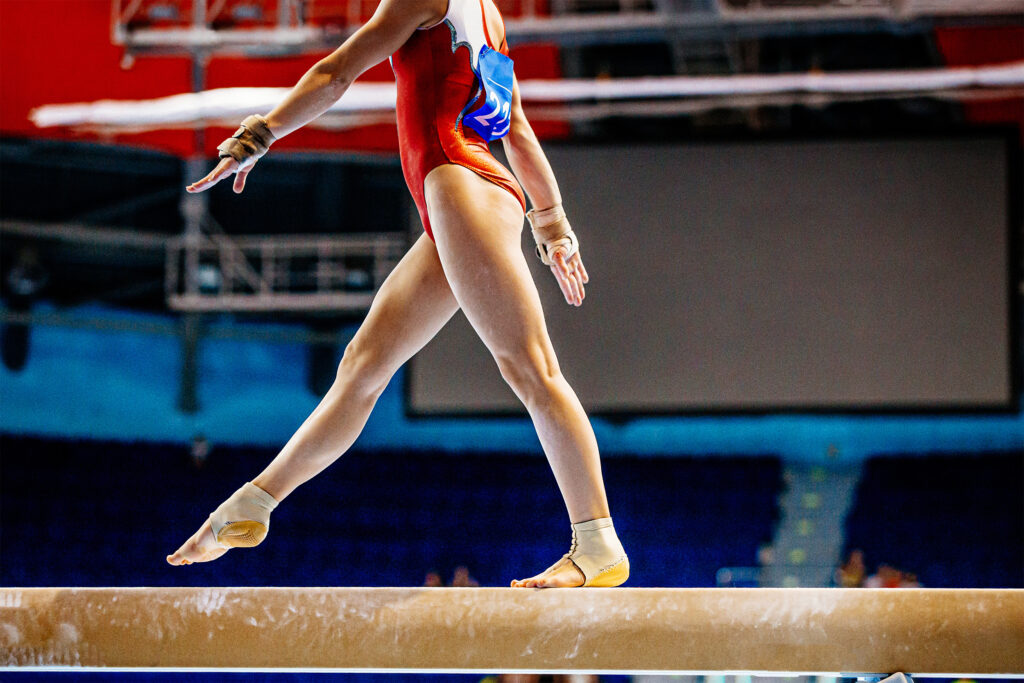
Highlights This article addresses the next steps in the Safe Sport journey; specifically, how to move from a focus on prevention of harms to a focus on optimizing the sport experience for athletes and sport leaders alike. This journey involves a cultural change in sport—one that challenges some traditionally accepted assumptions and practices and encourages…
Sports at risk: Addressing climate change in the Canadian sport sector
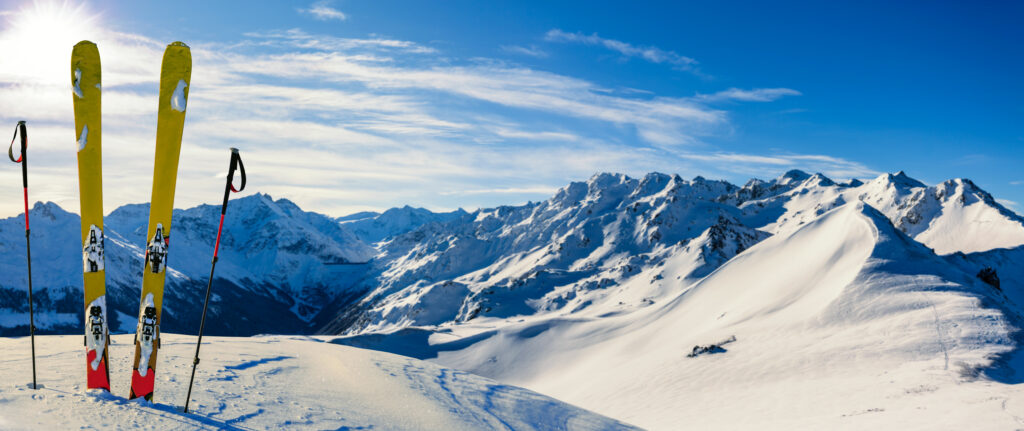
Highlights Both indoor and outdoor sports are vulnerable to the effects of climate change, from heat waves and diminishing amounts of snow to disruptions in supply chains. As a first step to prepare for and adapt to the effects of climate change, engage board members and staff in intentional discussions about the climate hazards that…
Can you hear me now? The emergence of the athlete voice in Canadian Sport
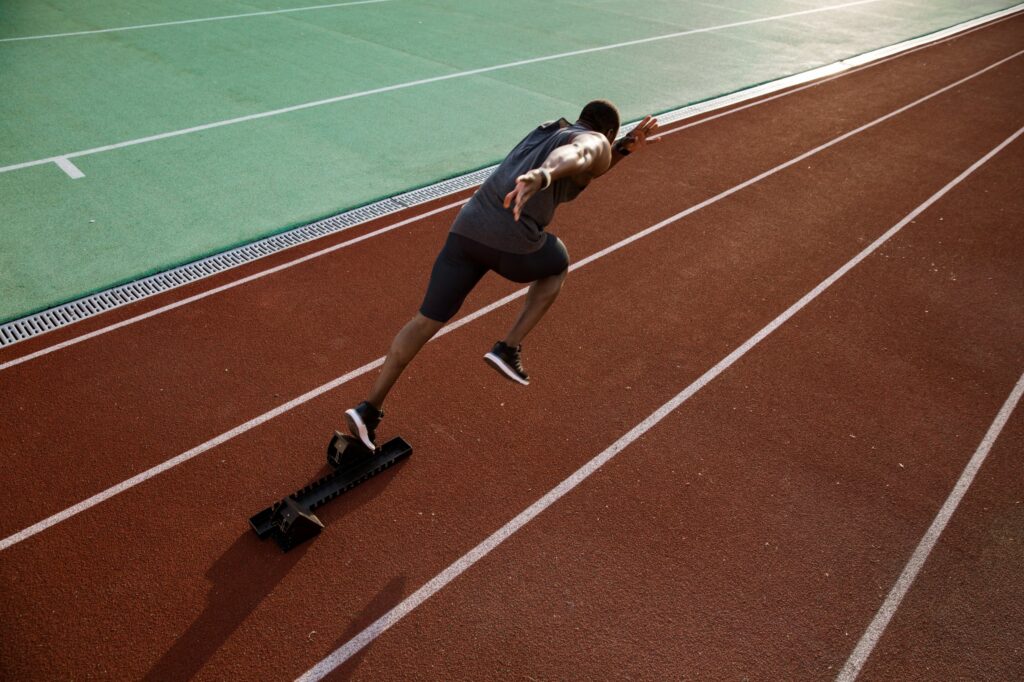
This article is the third and final piece in a special series that explores how Canadian sport leaders are adapting and innovating to safeguard the well-being of athletes preparing for the Tokyo Olympic and Paralympic Games and other major games during a global pandemic. Don’t miss the first and second articles in the series! Highlights…
Relative Energy Deficiency in Sport: What Coaches Need to Know

Mary Cain, a former record-breaking phenom, made a different type of headline when she spoke up about the pressure she faced to lose weight that caused her to disappear from the running scene (Cain, 2019). Cain’s willingness to speak up started a social media movement that brought to the public’s attention the cost of under-fuelling…
Maximizing Social Learning Spaces in Sport Organizations: A Story about Creating Value

The global knowledge society is one in which we can never know everything we will need to know to be successful – something the pandemic has brought into sharp focus. Sport leaders need an agile method capable of gathering knowledge from many sources and that encourages reformulations and innovations to address ever new challenges. With…
Giving Due Deliberation to Masters Athletes: The Time has Come
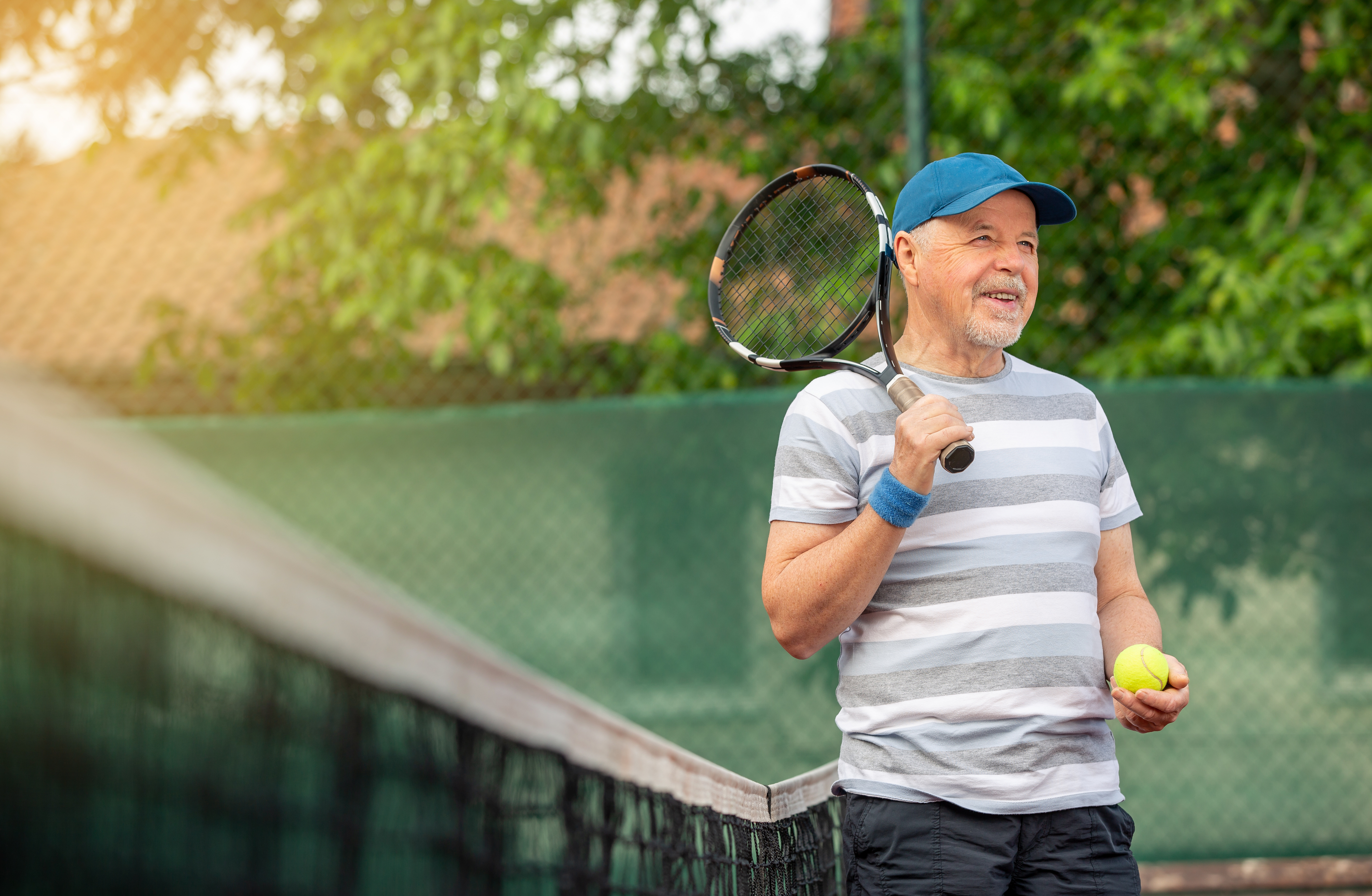
Paradoxically, Masters sport is equally celebrated and ignored. Masters athletes are celebrated because they are motivated, goal-oriented, and determined to thrive at ages when sport participation has traditionally waned – they defeat stereotypes and allow us to rethink possibilities. Yet Masters athletes (MAs) can also be an “after-thought” in sport organizations, receiving scarce attention. Our…
Self-Compassion in Sport 101
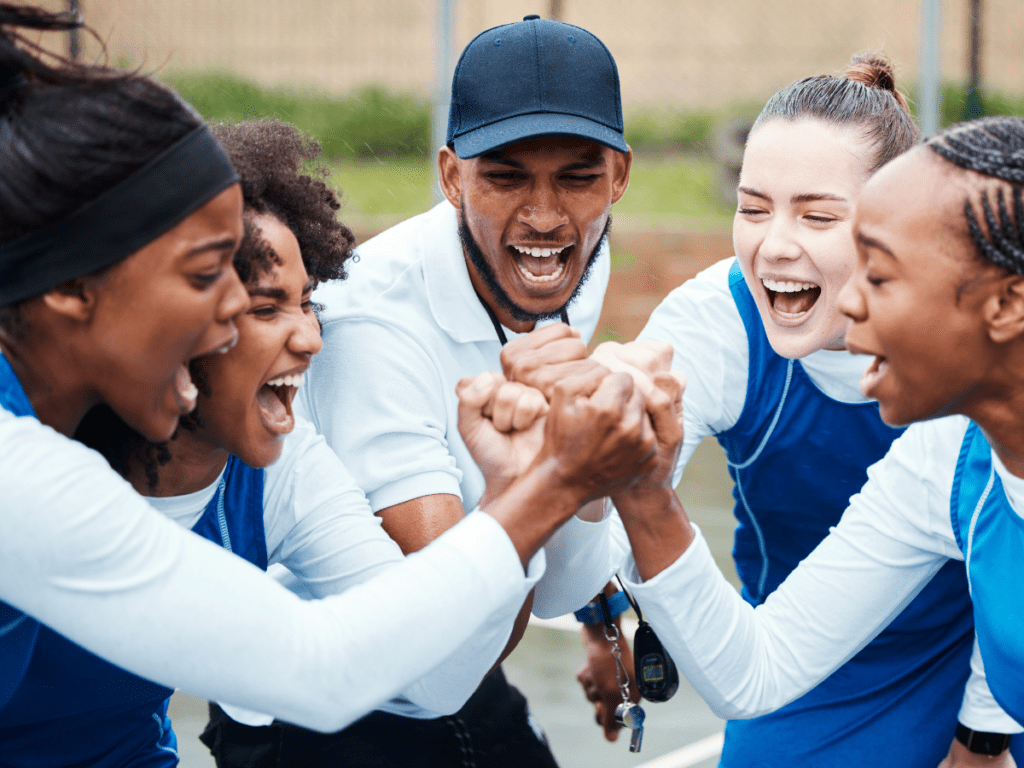
If you have been involved in the coaching or administrative side of competitive sport, chances are you have seen athletes experience emotionally difficult setbacks. These setbacks can range from devastating performance failures (e.g., “choking” during an important competition), to facing harsh, negative evaluations by others (e.g., spectators, teammates, competitors, parents) and/or themselves (the self-critic is…
Supporting Podium Dreams – Paralympian Search and RBC Training Ground
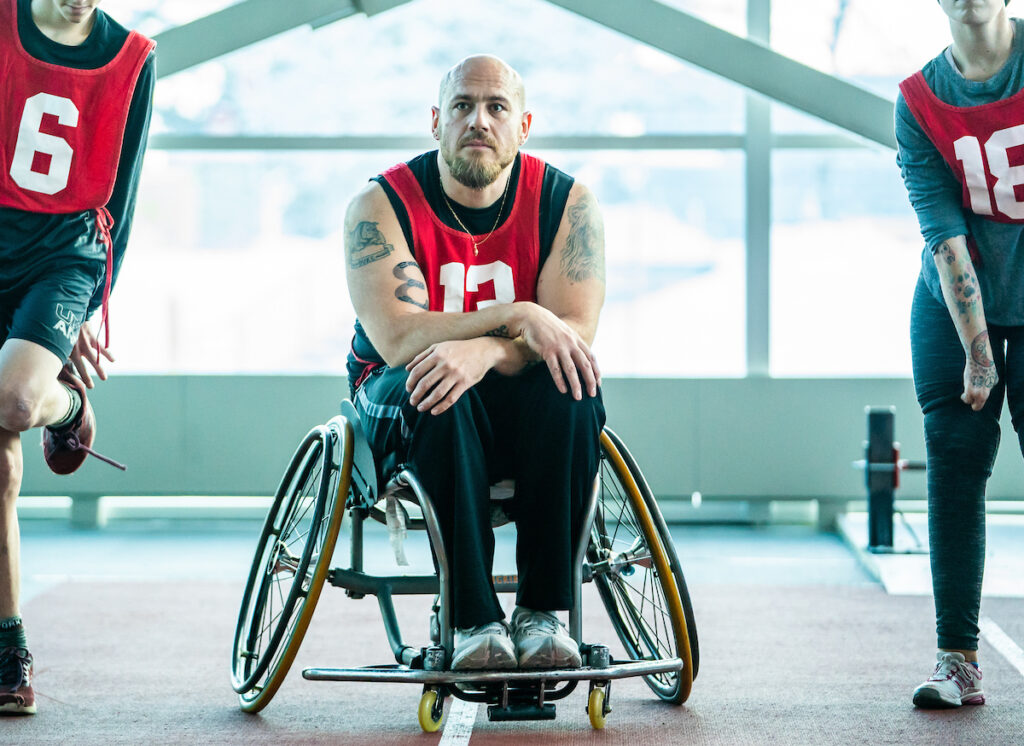
To support the identification and development of future Olympians and Paralympians, two Canadian programs have been developed to fuel the Canadian pipeline of future hopefuls. RBC Training Ground and the Canadian Paralympic Committee’s Paralympian Search are athlete identification programs designed to assess participant aptitudes in various sports, and connect athletes with sport opportunities and development…